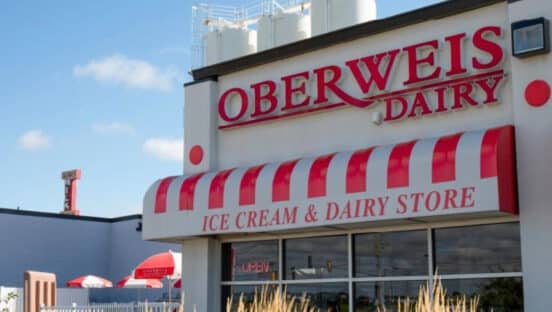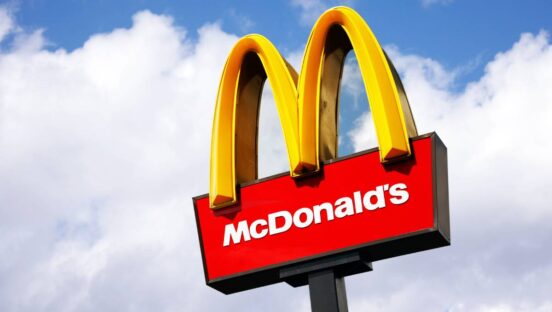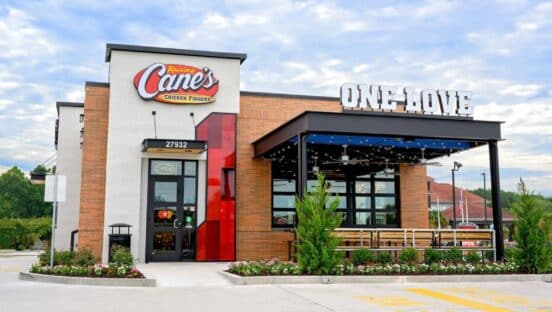Q: I’m looking to open my second unit in an airport. What unusual challenges will that present?
The main obstacle in nontraditional units in airports is the internal distribution of how you get products from the loading dock to the store itself. In our venues we have three different ways of handling product. We have a centralized commissary where all products are delivered, and then we separate it and deliver it to each store. Sometimes those commissaries can even be a couple miles off airport property. There are also airports that do cross-docking, which means products are actually taken to a loading dock, then we have to take it and break it down by store and deliver it directly to each concept from that point. Or there’s direct delivery at some airports where they have the ability to take the products directly from the truck to the store. In most of our locations we deal with a combination of all three. So internal distribution, just getting the product from the loading dock to the store, is quite a cumbersome process in and of itself.
Things like ensuring you have the right amount of product and making sure those products weren’t damaged in the truck takes extra resources and adds to the cost of operating in an airport environment as well. You have people on the loading docks and in the commissaries checking in the orders and counting the boxes as they come in. Those people will work for the operator, not the airport.
In some cases they may put the products into a walk-in freezer just so that the next day they don’t have to repull it and resend it and try to get it through security. At some airport security, every item might have to go through a metal detector. At other airports, all the products are checked at the gate by someone from airport authority. We just have to look at what those constraints are, but there is usually extra security in getting product to the store itself.
For subtenants working with our company, we support and educate them in doing it properly. A lot of times, when getting the product to the store, there are only certain times you’re allowed to move products. Obviously, they’re not going to allow you to transport a shipper down a concourse in peak travel periods.
In terms of competitive obstacles, we try to look at an airport and first break it down by zone to figure out how consumers move through that airport and what facilities would actually be used. Once we understand that, we’ll try to ensure that the concepts we select are meeting all our consumers’ needs. It could be a specific daypart, having the right breakfast, lunch, and dinner menus in place; it could be sit-down restaurants versus quick-service. It’s also the product we’re offering, from seafood to pizza or burgers. We try to ensure we’re offering the right things on a concept basis. Then it’s, “who can execute at a much higher performance level?”
An airport is almost a city within a city. So all the space is usually allocated to the concessionaire from the airport authority. It’s usually bid out, so people can bid on the space. Often times the authority will tell you the type of concept they’re looking for. It can be a sit-down restaurant or a coffee place or a burger joint. Then the operator will create a concept for that space.
When we bring in a national brand, such as Starbucks, Chili’s, or California Pizza Kitchen, we’re looking for that brand name to capture business. Other cases, we’ll try to give consumers a newer experience by giving them local or regional brands that are indicative of that region, but they might not necessarily have had the time to go visit if they’re on business travel. Or we’ll also try celebrity chef concepts. We’ll try multiple different concepts to draw in consumers and capture business.
You also want to make sure the unit has the right curb appeal, that it’s attractive, and that it makes someone want to try the product. The keys are food displays, merchandising, marketing, and functionality—speed of service is always important so that people don’t see long lines when they look at a store. You want to make sure they can get in and get out and still make their flight. There are a lot of different components.
The store designs are more difficult than traditional units because of the square footage allocated to us. You may not have the storefront you’d want in order to represent the brand properly.
Signage is very important. But you’re often held to airport standards in terms of what you can and cannot do with your signage—folding signs, how far away from the store the signs can be, what colors. Every airport has a zone sign committee. So every concept, even though we may do it a number of times at different locations, it’s like doing it the first time all over again.
All we’re trying to do is make sure that the consumer recognizes and understands what the brand is. That means logos and colors don’t change from traditional stores. Inside the store, because of the limited square footage—sometimes as little as 750 square feet—our culinary department works with the brands ensuring that we can produce similar products as the traditional units so the customer knows what to expect when they come in.
There really isn’t a prototype in the back of the house because all concepts have a different footprint and equipment package. When you look at most brands, 20 percent of the menu is going to drive 80 percent of the sales. If you have limited square footage, you go for the high-demand, high-quality, most-recognized products in the eyes of the consumers and you make sure you can serve those first.
You should try to take all your key items and signature products into an airport location, and you have to make sure that the items you’re preparing are fairly quick to meet the expected speed of service. Your restaurant should have a grab-and-go section attached to it so that the brand is represented in front of that consumer who doesn’t have time to go in or wants to take the food on the plane.
In terms of speed of service, there’s more pressure than in traditional units because consumers are in a different mindset. You don’t know how long they had to wait to get through security. What you should try to do is to understand the passengers in the terminal you’re located. What kind of passenger is it? A commuter? Is it a terminal for long-distance travelers? Their expectations are different depending on the carrier or the distance of the flight, and you can have the same concept, but the consumer’s expectation of speed will be different depending on where you are in the airport.
Now, unique price points are dictated by the authority. It could go from street pricing to street prices plus 10–15 percent. You want to make sure you’re meeting the needs of your contractual requirements and also that you’re giving the consumer a good value for their dollar.













